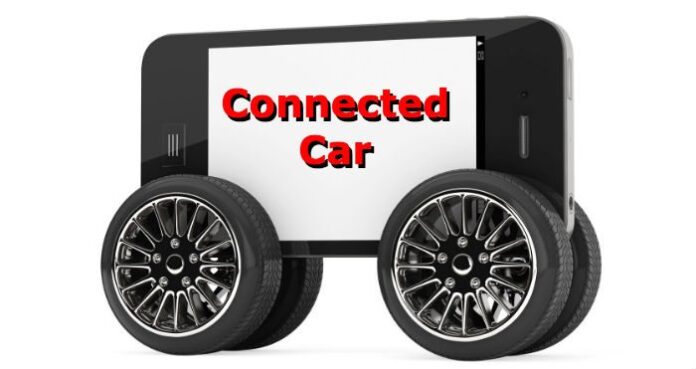AT&T, Verizon will give us the answer
One hot area for automotive technology these days is the “connected car,” a vehicle sold with a built-in cellular radio modem that connects its systems to cloud-based services and can also provide a wide range of safety, Internet and convenience features to the owner.
Some of the most obvious uses of connectivity are the classic OnStar safety features of 911 calls, airbag deployment alerts, GPS-based roadside assistance, remote unlocking and stolen car recovery. But along with these classic telematics features, we’re also seeing Internet-age features like streaming media, remote climate control, geofencing, “see where I am” apps, live traffic, live map data and satellite images and much more.
In the lists above, there are two broad, overlapping categories. One is safety and the other is mobile Internet. The question remains as to which of these categories speaks more directly to consumers’ needs and desires. Fortunately, a live market experiment is shaping up to show us the answer.
While connected car services are already known to be installed in new cars from multiple carmakers, notably General Motors and Audi, there are also aftermarket methods to link up any car built post-1996 using a little-known port under the dash. In January of this year, both Verizon Wireless and AT&T Mobility offered a new service for connecting as many as 100,000 U.S. cars that are already on the road using their standard on-board diagnostic ports, which are analogous to a USB plug into the car’s computers.
But the two carriers are going to market with completely different approaches. While AT&T Mobility is offering a highly flexible tech solution, in which third-party competitors can build on top of their technology and increase functionality, Verizon Wireless is launching a brain-dead simple product which appeals to the risk-averse consumer.
Key differences between the two:
Verizon Wireless’ offering:
- Like a “connected AAA.”
- The marketing avoids any geeky tech talk, focuses on safety.
- Don’t mention or show the OBDII dongle, just see the Bluetooth Visor, which looks a lot like an OnStar control panel.
- A smartphone is clearly described as an optional way of interacting, but not essential.
- Verizon Wireless is selling it on the established consumer cellphone model of subsidized hardware with monthly payments.
AT&T Mobility’s offering:
- AT&T is partnered with Mojio, which has an open platform for software developers.
- Shows the OBD module is a smartphone-centric design, with functions and services delivered through the cloud and an app.
As much as I like the more technically open solution AT&T Mobility offers, I’m pretty sure the consumer market won’t understand it, and won’t respond to it. I see Verizon Wireless’ approach as tapping into a proven consumer desire for safety and security. While the advanced features AT&T Mobility’s open platform enable may be more exciting to geeks, that market is eager, but historically quite thin.
Which do you think will work better for the mass market? Verizon Wireless, AT&T Mobility, or neither. Let us know.
Liz Kerton is managing director of industry analyst firm Kerton Group, based in San Jose, Calif., and director of the Autotech Council.

